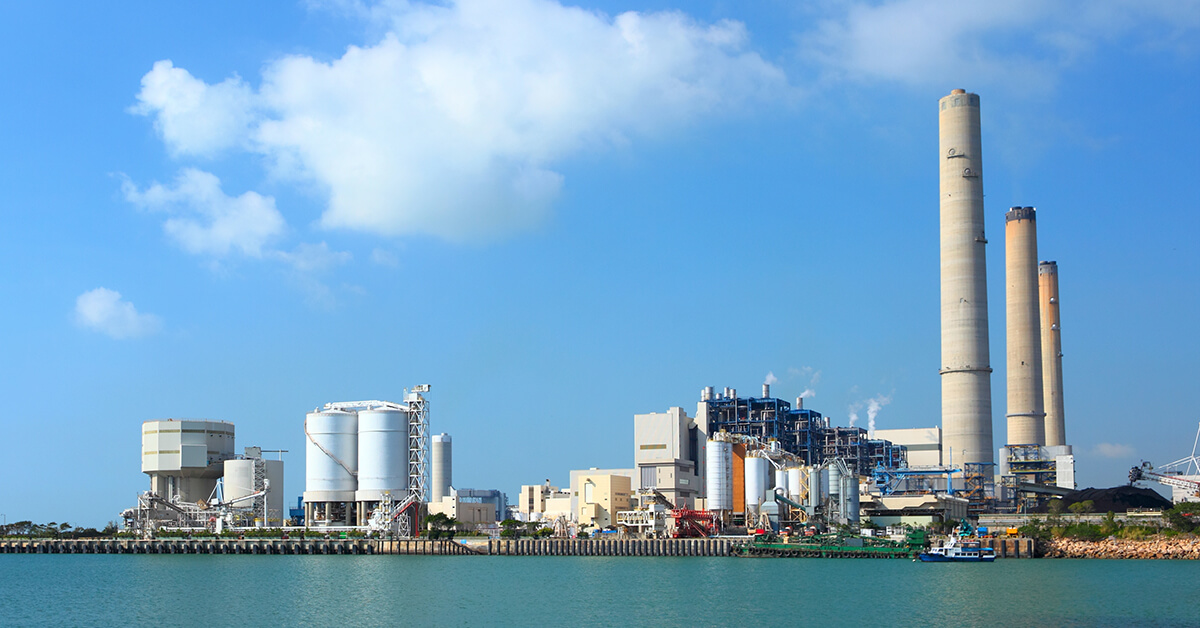
6 Part Blog Series: The Role of High-Performance Coatings in Shrinking the Carbon Footprint
As governments, companies and individuals across the globe increasingly seek to reduce their respective carbon footprints, emissions and other negative impacts on the environment, it’s critical that all strategies be explored in order for this mission to be achieved. As a starting point, there are a few questions that must first be considered:
- Is the objective to reduce an entity’s carbon footprint, achieve “net zero” emissions status, or is it just a marketing tactic?
- Is the goal to reduce overall greenhouse gas emissions, or to simply move those emissions to a different reporting entity or sector of the economy?
If the driving purpose is to play a key role in shrinking the carbon footprint on a global scale, this blog post series will help equip those involved in coatings decisions with the knowledge needed to implement informed strategies. In addition, the series will offer a variety of ways that VOCs emissions can be reduced in coating applications and explore the impact that protective coatings have on greenhouse gas emissions.
In part one of this blog post series, we will discuss the role that high-performance industrial coatings play in helping to shrink both VOCs and greenhouse gas emissions, as well as the overall carbon footprint. First, it’s important to start with the most-discussed topic when exploring the environmental impact of high-performance coatings—VOCs.
What are VOCs?
Volatile organic compounds (VOCs) are commonly used in many paints and are classified as pollutants. Aromatic hydrocarbons that are used as solvents in industrial coatings evaporate or sublimate out of the coatings into the atmosphere. While in the atmosphere, VOCs react with nitrogen oxides and form ground-level ozone—also known as smog. High concentrations of VOCs can also result in a variety of health and environmental issues.
Reducing the Environmental Impact of Industrial Coatings
In order to improve air quality and the overall environmental impact of man-made activities, legislation designed to decrease overall pollution—including VOCs emissions—have increasingly become more stringent over the past several decades. Across the manufacturing, transportation and agriculture sectors, we have seen new legislation designed to reform practices and to drive the development of new technologies that help curb pollution. In the industrial coatings world, that has led to the development of new coatings with fewer VOCs.
In addition to government mandates, many major companies around the world have made it their mission to help improve their environmental impact. In increasing numbers, businesses are challenging themselves to exceed government-mandated limits and to meet greenhouse gas emission reduction targets as approved by the Science Based Targets Initiative, a global effort to drive corporate climate action. Over the coming years, these environmental initiatives will only continue to grow in both personal and corporate acceptance.
Although the development of high-performance industrial coatings with fewer VOCs is key to reducing greenhouse gas emissions in the industry, it is not the most crucial strategy. In part two of this blog post series, we will discuss the most important action that facility or asset owners can take to reduce greenhouse gas emissions with protective coatings.

